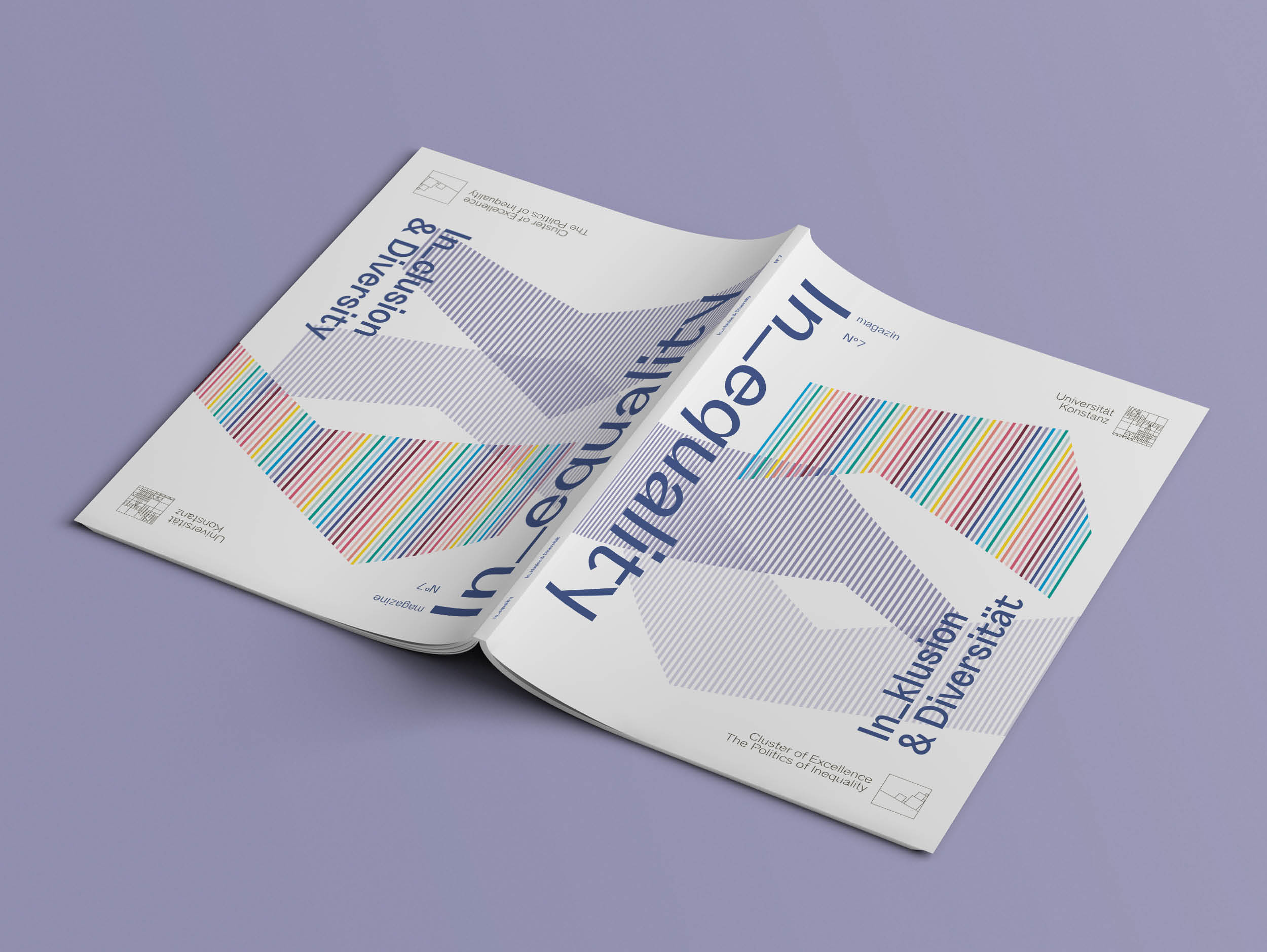
Does more diversity in the classroom also mean more tolerance?
A study from the Cluster of Excellence "The Politics of Inequality" at the University of Konstanz examines whether diversity in the classroom leads to greater tolerance among school students. The findings reveal that this is not the case for every classroom constellation.
How do school students view ethnic and cultural diversity? Does learning together in a diverse classroom environment automatically lead to more tolerance and a reduction in prejudice on the part of German students? These questions were the focus of an experiment conducted by Christina Felfe de Ormeño, a professor of applied microeconomics at the University of Konstanz. In the study, she examined the willingness of native German students to engage in collaboration with students with a migration background. The latest issue of In_equality magazine reports on the results.
Her research shows that class composition plays a decisive role: When there were two large groups of similar size, this led to greater "in-group bias" among native German students. This means they were more likely to prefer working with other German students. In classrooms where students come from many different ethnic and cultural backgrounds, this kind of trend is less likely. "The results underscore the need to actively promote collaboration and social cohesion in today's education system. Diversity cannot drive this process on its own", says Christina Felfe de Ormeño. These effects should also be taken into account when distributing refugees across different regions.
In_equality magazine no. 7: In_clusion & Diversity
Diversity and Inequality play an important role in a range of research projects at the Cluster of Excellence “The Politics of Inequality”. How did COVID-19 containment policies impact men and women? Which measures could potentially reduce the gender pay gap? What does a good response to multilingualism look like? The seventh issue of In_equality magazine "In_clusion & Diversity" shares some insights from this research.
Further topis in this issue:
- “Inclusive Communication Means: All Information is Accessible for Everyone.”
- Still a Divide. Why the Gender Pay Gap Persists – and What to Do about It.
- Special Effects in Crises Times. Covid-19 Containment Policies Affected Men and Women Differently.
- A Whiff of Harry Potter. Studying on a Mentoring Scholarship in Oxford.
- Fathers Profit, Mothers Lose. Diverging Effects of Parenthood in American Care Work.
- Good Diversity News – and Challenges Ahead. A Plea for Rigorous Science-based Internventions to Advance Equality.
- Educations Matters. Employees’ View on AI in the Workplace.
- It’s the Strategy! Gender-specific Differences in Promotion Contests.
Key facts:
- Original publication: In_clusion & Diversity. In_equality magazine No. 7. Cluster of Excellence “The Politics of Inequality”, 2024.
- The In_equality magazine is published twice a year by the Cluster of Excellence. The texts can be reprinted after consulting with the magazine's editor.
- Christina Felfe de Ormeño researched the willingness to cooperate between native students and students with a migration background at 57 German schools. She is a professor of applied microeconomics at the University of Konstanz and a Principal Investigator at the Cluster of Excellence "The Politics of Inequality."
- The Cluster of Excellence "The Politics of Inequality" at the University of Konstanz investigates the political causes and consequences of inequality from an interdisciplinary perspective. The research is dedicated to some of the most pressing issues of our time: access to and distribution of (economic) resources, the global rise of populists, climate change and unfairly distributed educational opportunities.
